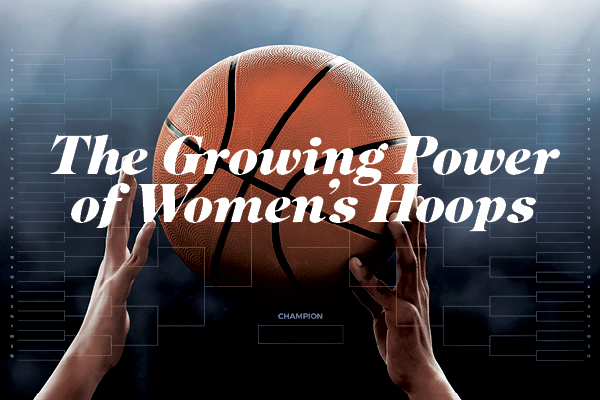“March Madness.” Traditionally, it’s been synonymous with the men’s NCAA tournament, but rarely have we heard it applied to the women’s tournament, which occurs at the same time, oftentimes with many of the same schools. Nor do we often see highlights from the women’s tournament years later, like we do with the 1983 NC State tournament win or the 1992 Christian Laettner game winner. Last year, we saw some changes. For the first time since the NCAA gained the rights to the March Madness trademark in 1989, they applied the slogan to the women’s tournament.
In addition, ESPN, which televises nearly the entire women’s tournament, did something they had not done previously in a meaningful way. The company heavily promoted their women’s bracket “game,” both on their website and during their on-air programming.
In 2021, there were approximately 887K brackets that were completed (or at least begun) prior to the women’s tournament on ESPN.com. In 2022, however, with a more dedicated marketing push, registered women’s brackets increased about 69%, to over 1.5 million. In comparison, there were 14.7 million men’s brackets that registered on ESPN’s game site in 2021, which increased to 17.4 million in 2022, or about an 18% increase over the previous year.
Initially, the reasons for promoting the women’s brackets seem obvious; ESPN wants more participants in its “games,” which will increase ad revenue with more views of pop-up ads. The company may also, potentially, be aiming to increase equality between the men’s and women’s tournaments. But ESPN also banked on another benefit: increased interest in the games, which they televised. If potential viewers had a rooting interest to preserve their brackets, they’d be more likely to tune into the game themselves.
It turned out that way. According to Front Office Sports, a media brand covering the business of sports, the entire women’s tournament saw an increase in ratings of 16% over 2021 (the first year ESPN nationally televised the whole tournament). Even the championship game, which competed directly with the Grammy Awards, saw an 18% increase in viewership over 2021 and was the most watched college basketball game on ESPN, men’s or women’s, since 2008, according to Flora Kelly, ESPN Vice President of Brand Strategy and Content Insights.
So, what can we learn from ESPN? Well, sometimes it’s not just about your product and how well it serves its purpose. Sometimes it’s about engaging your potential customers in a way that connects with their interests and leads to an affinity for your product or service.
March Madness: The Growing Power of Women’s Hoops


